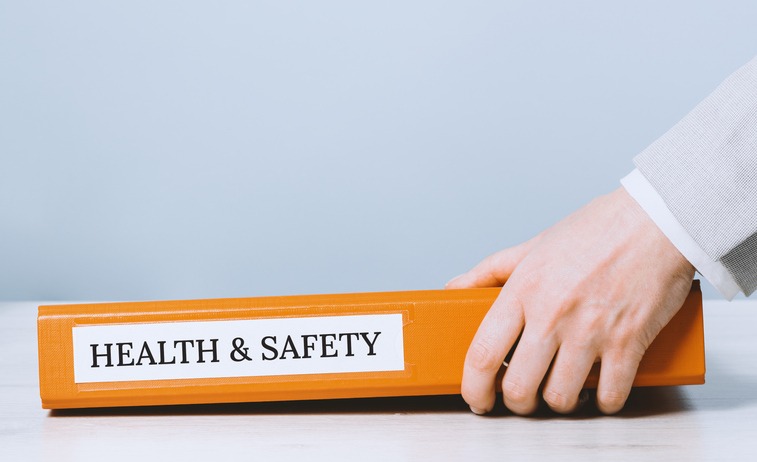
Improving health and safety standards in the workplace can give to boost wellbeing as well as minimising employee absences
CREDIT: This is an edited version of an article that originally appeared on Workhappy
With many desk screen equipment (DSE) workers experiencing musculoskeletal issues, upper limb disorders, eye strain and discomfort, improvements to the workplace environment would be very welcome.
Why do workplaces need to improve health and safety standards?
According to annual HSE health and safety statistics, the UK saw 0.5m work-related musculoskeletal disorder cases in 2021-22. To put that into context further, that led to the loss of 7.3m working days. Although these statistics are lower than the reported rates at the height of the COVID-19 pandemic, they still indicate that employers need to take greater care in providing workers with suitable workstation set-ups. In many cases musculoskeletal issues, including backache and shoulder pain, can be prevented with the right desk set-up and resources; by carrying out workstation assessments, and providing your team with ergonomic equipment, you can reduce the risk of discomfort and common desk injuries.
Businesses can take the following actions to make sure this year’s health and safety statistics move in the right direction.
Understand DSE regulations
The first step is to understand what your legal obligations are. By recognising the frameworks you need to work to, you can make sure your company is DSE-compliant. As an employer, it’s your legal responsibility to not only carry out DSE workstation assessments but also to reduce risks.This can include investing in ergonomic equipment and ensuring your employees take regular screen breaks. You also have a duty to provide eye tests if your team members request them.
Appoint a dedicated person
It can be helpful to appoint a dedicated person to oversee health and safety within your workplace. This person will be able to have an overarching view of your set-up and ensure that the right improvements are made. Having one person in charge makes it easier to implement systematic changes — when too many people are involved, things may get complicated and crucial changes could be missed.
If you have an internal health and safety specialist they can arrange DSE assessments and oversee the results – alternatively, you could look into training an employee to take on the role.
Offer your employees information and resources
Under HSE guidelines all employers must provide DSE workers with health and safety training and information. You could, for instance, display posters covering topics such as good posture, chair adjustment and how to adjust lighting and screens to avoid glare. You also need to ensure your employees know how to report any DSE-related problems. Again, this is where having a dedicated health and safety expert could come in handy as a single point of contact.
Provide mental health and wellbeing support
Health and safety isn’t just about physical comfort; while this is, of course, vital, an holistic approach will look at mental health and wellbeing too. In 2021-22 a huge 914,000 employees reported work-related stress, fatigue, depression or anxiety, leading to a loss of 17 million working days. A common feature in all industries, it’s essential to take mental health issues seriously and offer employees support.
Wellbeing support can come in many forms – from setting up regular one-to-one check-ins to arranging workplace mindfulness sessions and desk massage days, there are plenty of ways to reduce the impact of workplace stress, depression and anxiety.
Act quickly
If an employee has flagged any issues with DSE strain or pain it’s vital to act quickly to prevent things from getting worse. Many musculoskeletal issues and upper limb disorders can worsen over time and become chronic. If you carry out a workstation assessment right away, you can resolve the problem before it becomes serious.
Carry out regular DSE assessments
One of the best ways to prevent workplace injuries is to carry out regular workstation DSE risk assessments. As mentioned, you have a legal responsibility to conduct DSE assessments — firstly for any new starters, but also any time your employees change workstations or undergo any physical changes (including pregnancy or injury). You may find that some employees may require in-depth ergonomic workstation assessments if they have any underlying health conditions.
Don’t forget your remote workers! If you have employees who work from home, or hot desk, you’re still responsible for their health and safety.


Be the first to comment